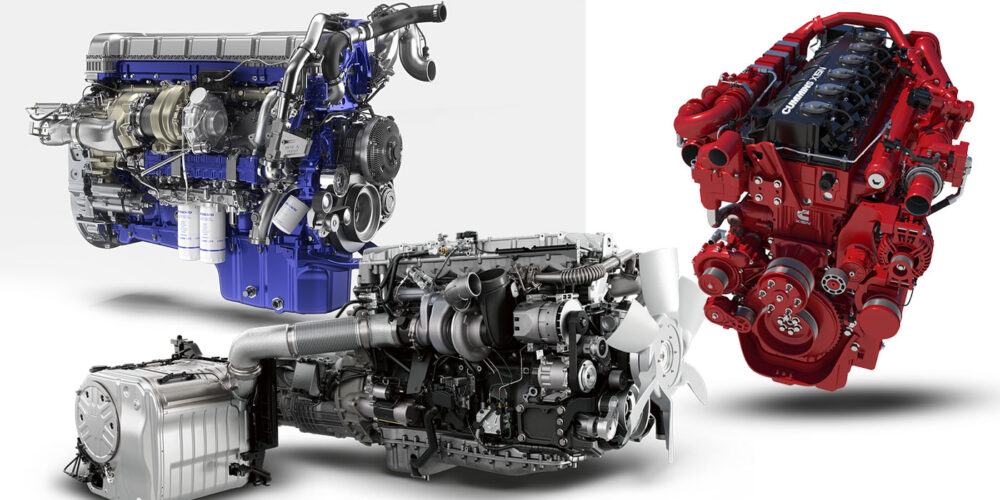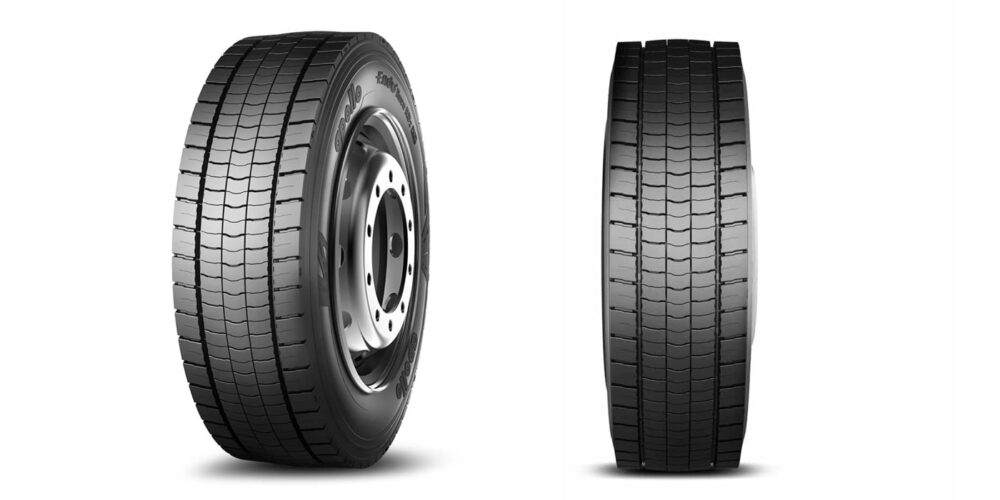Long awaited greenhouse gas (GHG) emissions regulations for heavy-duty vehicles are coming soon. According to the U.S. Environmental Protection Agency (EPA), by March of this year it plans to issue proposed rules, and final regulations by the end of 2023, covering heavy-duty trucks through at least the 2030 model year.
With the new rules expected to significantly reduce emissions of nitrogen oxides (NOx) from heavy-duty diesel engines and put in place more stringent GHG standards for certain commercial vehicles, manufacturers are already looking ahead.
“There is no one solution or silver bullet when meeting GHG requirements,” said Duane Tegels, product marketing manager–powertrain / VHD, VNX, VAH at Volvo. “As we transition into new, more stringent emissions standards, the focus pivots from the engine to the entire powertrain, using both torque and horsepower in the right way and time. While reducing unnecessary parasitic losses, that also includes aligning shift strategies and selecting proper gearing to meet efficiency goals.”
Chet Ciesielski, vice president, On-Highway Heavy Duty Truck Business at Navistar, said to meet increasingly stringent GHG emissions requirements it is critical to think outside of just the engine itself. That focus for the OEM has been on a modular powertrain solution for the North American market that includes the engine, transmission and the aftertreatment system.
“Each component of this powertrain was developed concurrently from the ground up to ensure maximized efficiency between all systems,” Ciesielski stated. “The integrated design approach allows each component to do what it does best and deliver achievements in fuel efficiency and a reduction in emissions.”
Puneet Jhawar, general manager–Global Spark Ignited Business at Cummins, noted that while minimized product changes are needed to be compliant with 2024 GHG regulations, with each change engines are cleaner. “By working on technologies and architectures to meet the stringent regulations, we can continue delivering the most reliable and efficient products,” he said.
“Each of our product development programs spends years testing and validating these designs to deliver on long-term GHG standards,” Jhawar added. “Technology has increased our capability for modelling, simulating data that helps us be more resourceful in our testing.”
New products and solutions
The International S13 Integrated Powertrain from Navistar is designed with dual-stage SCR as its primary NOx emissions reduction technology. With no EGR cooler on the engine, 100 percent of the exhaust flows to the turbocharger during normal operating conditions. That leads to less soot and particulate matter (PM) generation, which also supports extending DPF service intervals.
In addition to hardware improvements, software in the S13 Integrated Powertrain is designed to optimize operation. For example, the engine and transmission communicate on a proprietary CAN network, separate from the J1939 public data link. That set up eliminates the possibility of other components on the data link interrupting communications, including those that optimize shift strategies.
Volvo’s solution to this challenge is I-Torque, a blend of powertrain components including the OEM’s D13 turbo compounding engine, 13-speed transmission, and ratios ranging from 2.15 to 2.17. To assist the transmission electronic control module with when to shift, Volvo uses I-SEE, which defines topography before a truck ascends or descends over terrain.
I-See allows the drivetrain to disengage from the engine during descent (when in cruise), increasing the truck’s roll window and therefore its efficiency. It also proactively downshifts before climbing a hill, managing the truck’s momentum for a faster and more efficient ascent.
At Cummins, the focus on GHG reduction has been on the development of fuel agnostic platforms. The common base architecture incorporates different heads to accommodate multiple fuel types, including diesel, natural gas and hydrogen.
The first Cummins product in the planned series will be a 15-liter heavy-duty natural gas engine for 2024. The big-bore model, which uses low carbon fuel resulting in fuel economy and greenhouse gas improvements, will be capable of similar ratings and performance as its diesel counterpart.
“The path to a sustainable future requires continued improvements in existing technology at the same time as we develop new technologies,” said Chet Ciesielski at Navistar. “We understand that the transition to zero emissions will not happen overnight, and that we must provide customers with increasingly more efficient solutions.”














